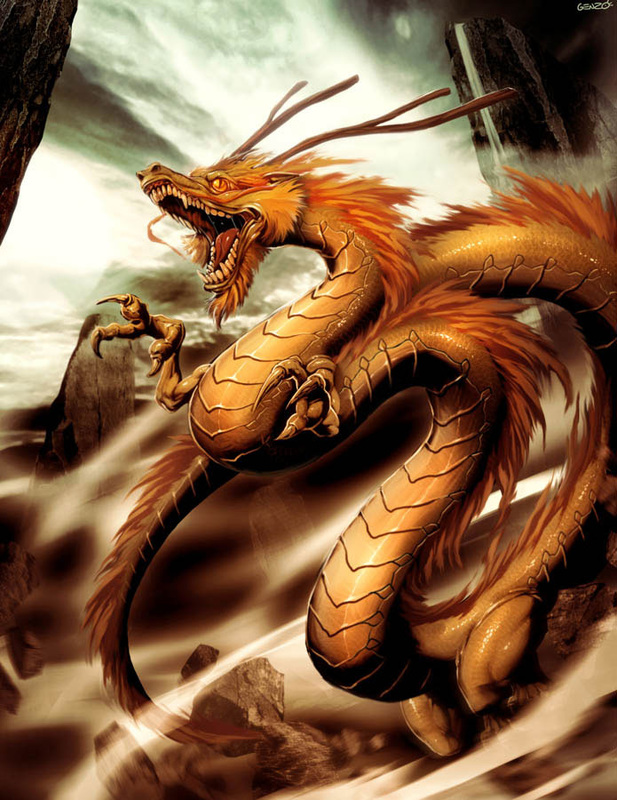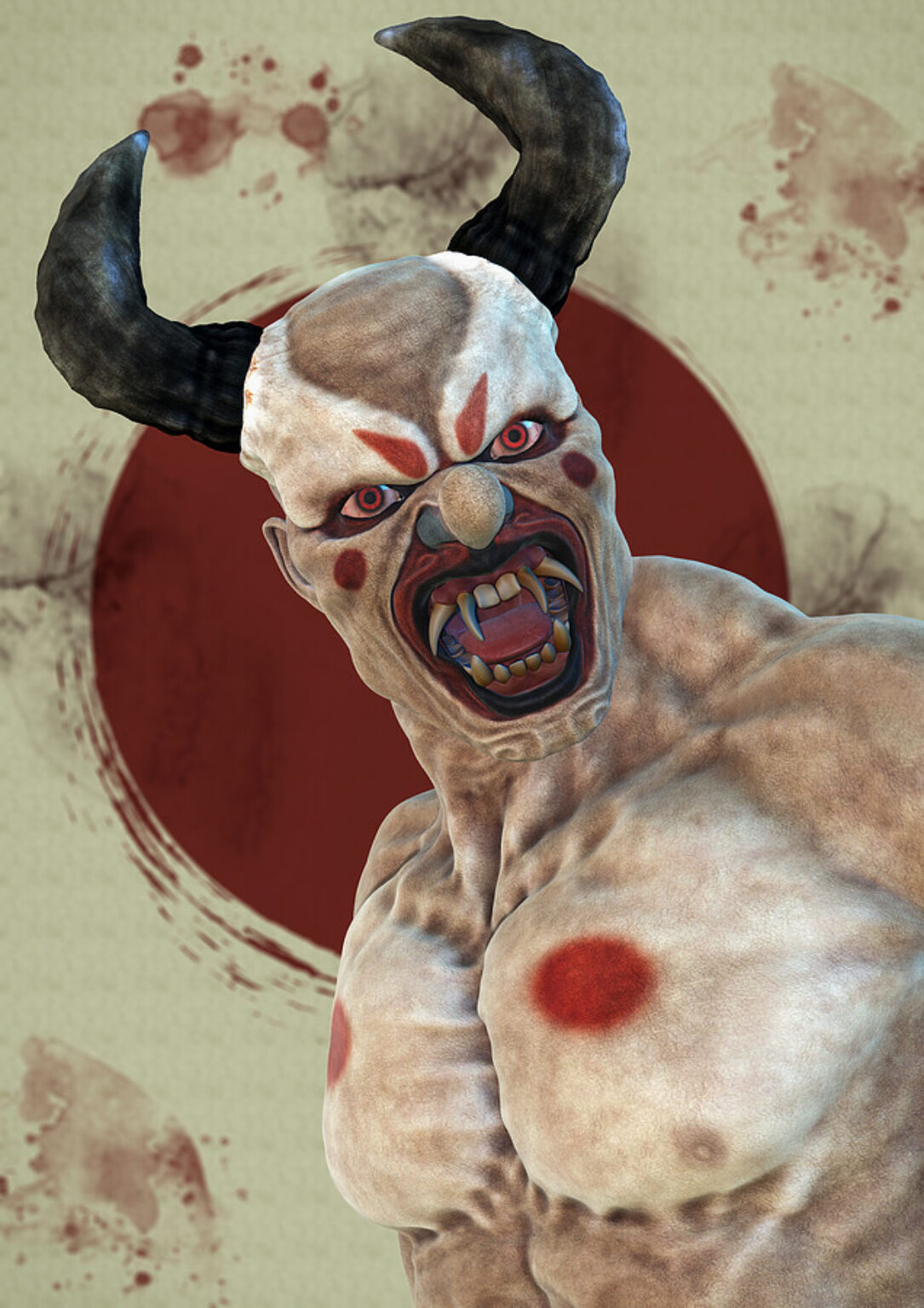
Ikuchi Japanese myth a giant sea serpent that spills and adhesive oil out from its skin. If a
Japanese mythology is a collection of traditional stories, folktales, and beliefs that emerged in the islands of the Japanese archipelago. Shinto traditions are the cornerstones of Japanese mythology. The history of thousands of years of contact with Chinese and Indian myths are also key influences in Japanese religious belief.. Japanese myths are tied to the topography of the archipelago as.

Japan Mythology The Supernatural, Mythology & The MakeBelief
Most youkai in Japanese mythology are more than animals with supernatural powers, some are incredibly unique in appearance and have many strange abilities. Kappa is such a youkai, considered to be a Suijin (lit. Water God). Kappa is a humanoid Japanese mythical creature with some features resembling amphibians and reptiles.

Pin on Yokai Visuals
Below are ten supernatural and mythical animals, creatures, and beasts from Japanese culture: 1. Kappa. Also known as kawatarō (river child), kappa appear as turtle-like imps lurking in ponds and rivers. They belong to a family of mythical beings known as yōkai, which are supernatural entities and demons.

Pin on Tradição, Símbolo, Cultura & Mitos
The nation's mythology is a vast pool of unique ideas, which gave rise to all kinds of popular characters in modern media. Sometimes they're featured as-is, other times they're tweaked and twisted. From harmless apparitions to demonic beings, here are some of the most common mythological Japanese creatures to know about.

Baku (Mythical Hybrid) by on DeviantArt Japanese mythical
Animals such as horses are also popular victims of Kappa. Warning kids to stay away from Kappa by not coming too close to the water has actually been a popular way to prevent them from drowning.. Just like in Western folklore, in Japan foxes are also seen as cunning and wise animals. The kitsune is a yokai fox who can play tricks on humans.

10 Types of Japanese Mythology Creatures Symbol Sage
Yamauba are created when young girls are accused of a crime and sent into exile. Over the years, they become bitter and their malice transforms them into the mountain witches of legend. 7. Amanojaku. A picture of "Amanojaku" by Jippensha Ikku.

Japanese Mythology, Japanese Folklore, Museum Of Fine Arts, Art Museum, Twelve Animals, Japanese
Kappa: amphibious spirits with a sinister background. One of the most popular yokai from Japanese folklore is the kappa, a green, amphibious, child-like creature with a yellow beak for a mouth and.

[Top 15] Japanese Mythology Creatures And What They're Famous For (2022)
Other animals live both in the archipelago's folklore and daily life. Tanuki. Also called "Japanese racoon dog", the tanuki 狸 is a canid living with its mate and offspring. It looks like a big racoon that hibernates in winter when temperatures are very low. It is an omnivorous, eating mainly small animals and a few plants. It is sought after for its thick fur and according to the.

Tsurube otoshi Japanese folklore, Japanese mythical creatures, Japanese myth
Tanuki: Mischievous Shapeshifters of Japanese Folklore. Tanuki, known as Bake-danuki or "monstrous raccoons" in Japanese mythology, are fascinating creatures that have become protagonists in numerous myths and folktales.These mischievous shapeshifters possess the ability to transform into humans, animals, objects, or parts of nature, often surprising unsuspecting travelers with their pranks.

Okami Okami, Amaterasu, Japanese mythology
In Japanese folklore, there are certain animals that possess supernatural or spiritual powers that are believed to influence the affairs of humans. These creatures are considered to be a type of y ō kai ( referred to in an earlier Kokoro Insights ) called Henge , or shapeshifters. Among these…

Baku Japanese creature known as the devourer of dreams and nightmares Art, Creatures, Myths
3. Yatagarasu: the three-legged crow. Yatagarasu is a mythological animal of Japan, a three-legged crow.Each leg has meaning: the first leg representing the sky, the second one is the earth and the third one is the people. According to the legend, the raven would have helped Japan's first emperor, Emperor Jinmu, to find his way to Kumano (Wakayama prefecture) and then Yamato (Nara Prefecture.

Tengu Japanese mythical creatures, Japanese myth, Japanese folklore
8. Kappa. In the myths of Japan, humanoid reptiles called Kappa are said to inhabit the ponds and rivers of Japan. They are short and scaly, have spikes for mouths and have a bowl on the top of their heads containing water. If a kappa's bowl is emptied on dry land in any way, they are said to lose their magical powers.

>> 11 Japanese Mythical Creatures
Japanese folklore largely drew its inspiration from Shinto and Buddhism.Supernatural creatures, gods and spirits (kami, yokai), as well as sacred animals that enliven the stories were often found in the two main religions of the country.. The stories of older times (mukashibanashi) are first told to children, then taught in Japanese literature classes to students.

Ang Japanese mythology, Japanese mythical creatures, Mythology
The animal symbolism in Japan has been prevalent for five hundred years now. If you visit Japan, you will see mythological animals adorning stores, homes, and even commercial establishments. Some of the animals in Japanese mythology have such a complex and impactful history, that it is absolutely not uncommon to see collections by the hundred filling the shelves in homes in Japan.

What is Japan’s mythical animal?
As subjects of legends, Japanese animals are endowed with a strong symbolism in the Land of the Rising Sun. Whether they are sacred, legendary or emblematic for the nation, they occupy a certain place in Japanese mythology. Biodiversity of the fauna in Japan is quite exceptional as many animals live in the vast uninhabited lands of the archipelago.

Japanese mythology, Japanese mythical creatures, Mythical creatures
These symbolic animals, still in use today, follow this cyclical order: rat, ox, tiger, rabbit, dragon, snake, horse, goat, monkey, rooster, dog, and boar. A Japanese zodiac animal came to be linked to specific character traits, which were thought to influence the personality of anyone born in its year. For instance, those born in the Year of.